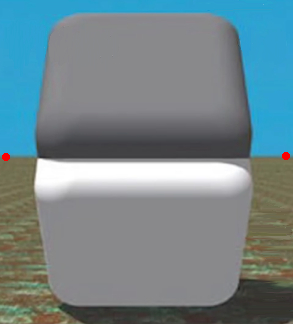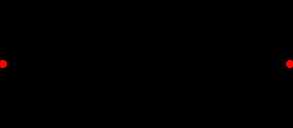
Now use your mouse cursor to click and hold on the black rectangle; drag it onto the suitcase picture so the red dots line up. All of a sudden you see the true colours of the suitcase, without your eye being fooled. Incredible! An explanation: Although colours are registered by the cones in your retina, your brain sometimes processes them differently according to other elements in the scene. For example, a colour may appear lighter than it really is if it is surrounded by a background that is darker. Another colour may appear darker if it is perceived by your brain to be in shadow. This is especially true if we can see both coloured areas at once and they are connected. This is called the Cornsweet Illusion, after experimental psychologist Tom Cornsweet. Basically, it works by contrast: When we look at something, we perceive its colour and shading relative to other things in the area, and how our brain decides itís lit. Also, in the picture above, we perceive the suitcase as three-dimensional, with the light source above-left (note the shadow on the ground). The upper part is shaded so that we see it as tilted away from us at its top (making the bottom look shaded), and the bottom one tilted the opposite way, so its top is lit. That means our brain sees the upper part as lit, while the bottom one is in shadow. This, along with the contrasting backgrounds, messes with how our brains interpret the image, and we think the upper one is darker than the bottom one. |

